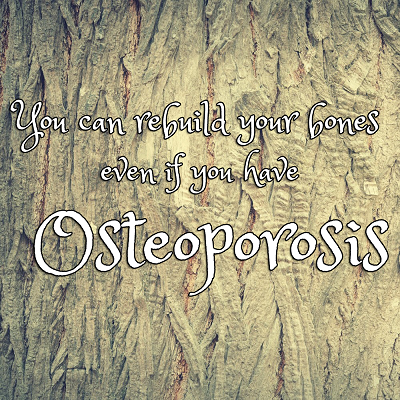 Weight bearing exercises are excellent for building strong, healthy bones! This is not news. Regular exercise promotes better health and reduces risks of being diagnosed with many diseases, including osteoporosis.
Weight bearing exercises are excellent for building strong, healthy bones! This is not news. Regular exercise promotes better health and reduces risks of being diagnosed with many diseases, including osteoporosis.
For most people, the words ‘regular exercise’ often brings to mind activities such as brisk walking or jogging. These activities are indeed beneficial for improving overall health, maintaining skeletal integrity, elevating the heart rate and for releasing toxins through perspiration.
However, few people realize that as we age strength training may prove to be more beneficial than aerobic exercises, especially for bone building.
Strength Training Works to Preserve Muscle Strength and Bone Density
For people aged 50 and above, strength training plays a crucial role in maintaining healthy bones.
Many studies show that engaging in aerobic exercises alone is not enough to preserve a person’s muscle strength, bone density, posture and balance. Those who do not engage in strength training are at a higher risk of becoming less functional due to a decline in bone density and muscle strength.
Strong muscles help support the skeleton, even when osteoporosis is present. When both systems are weak the risk of bone damage through fractures is greatly increased.
Strength training can therefore greatly reduce the risk of fractures cause by osteoporosis. This is because strength training works two body systems at the same time. The strength training itself builds muscle. This helps maintain correct posture, increases dexterity and mobility, and protects the skeleton.
Strength Training for Better Bone Health
The weight-bearing aspect of the exercise prompts your body to rebuild bone loss. Weight training places ‘natural stress’ on your bones which encourages the additional development of bone-forming cells. This has a positive bone-building effect on the whole skeleton, as opposed to muscle-building, which tends to improved only the muscle group being stressed.
Unless a weight-bearing requirement is placed on the skeleton, there is no impetus to lay down bone growth. As there is an ongoing cycle of bone degeneration, unless it is replaced, osteoporosis is the result.
On the other hand, inactivity is one of the many factors that contributes to the reduction of bone mass, by as much as 1% each year once an individual reaches the age of 40. That may not sound much, but it quickly adds up in later years!
Strength Training and Body Weight Approaches
Strength training may include using free weights such as barbells or dumbbells, or elastic bands that allow you to improve the flexibility of your legs and arms.
It also includes ankle weights and vests along with other types of special exercises that make use of your body weight to simulate as well as develop resistance against gravity. The use of weight machines, resistance bands and free weights can help preserve and increase one’s muscle strength and mass.
Starting Your Strength Training
Some people are hesitant about trying any types of strength training for fear of developing body aches and pains. The most important thing to keep in mind is to start very slowly, maintain consistency and pay attention to keeping proper form during strength training exercises.
Use very light weights to begin. Low weights will not put undue strain and stress on bones and joints. Don’t risk causing fractures by going too heavy too soon. If you have some degree of osteoporosis and your muscles are undeveloped due to inactivity, your bones are at risk if you over-estimate your ability.
Move slowly, steadily and methodically. Do not jerk, lunge or twist while using weights. Move the limb through only one plane of movement at a time, do not perform compound actions that cause twisting as this will place excess pressure on joints.
Work within your current limits and gradually progress into increasing levels of difficulty to avoid injuries. Starting any form of strength training with small weights and for only ten to fifteen minutes a day, should not cause any problems.
Beginners may expect to see the results of a healthier body after one or two months, and although you won’t see your bones building back up, you will be making positive steps to rebuild bone instead of losing more. Improvements to muscle strength and tone will provide visible positive feedback to encourage you to continue.
With persistence, you will find yourself having better flexibility, less muscle aches, less joint pains and feeling freer in your movements.
It is possible to experience some muscle soreness during the first few weeks of training. Learn the difference between pain and discomfort and rest for a day or two if needed.
If you do notice abnormal pains, talk to your doctor or visit a clinic immediately. Be mindful of any swelling that could indicate a fracture, even of a small bone such as in the foot or hand.






